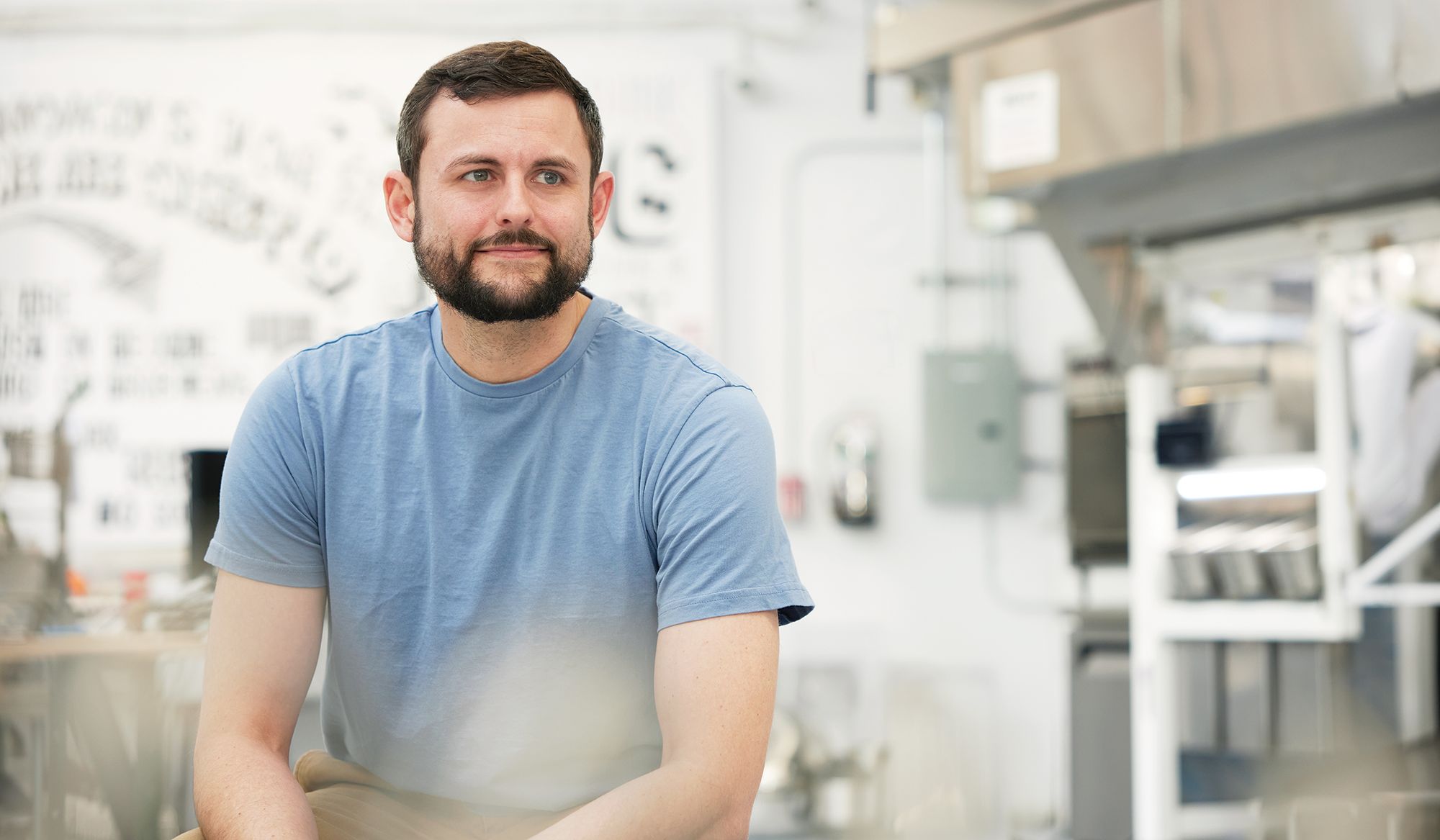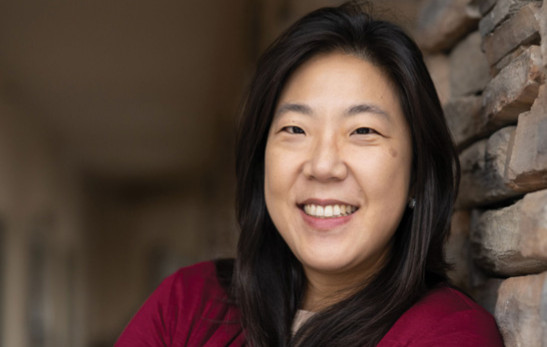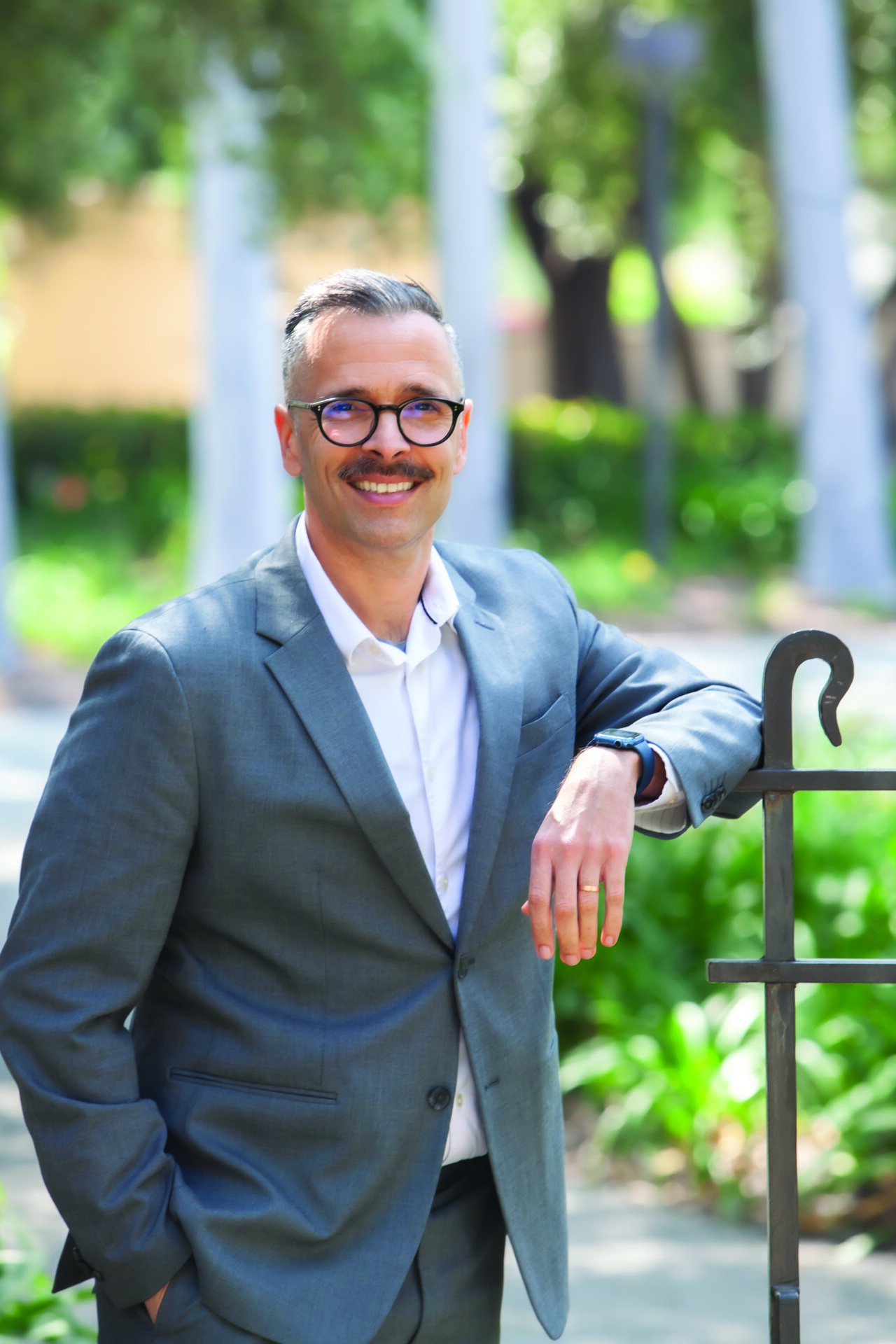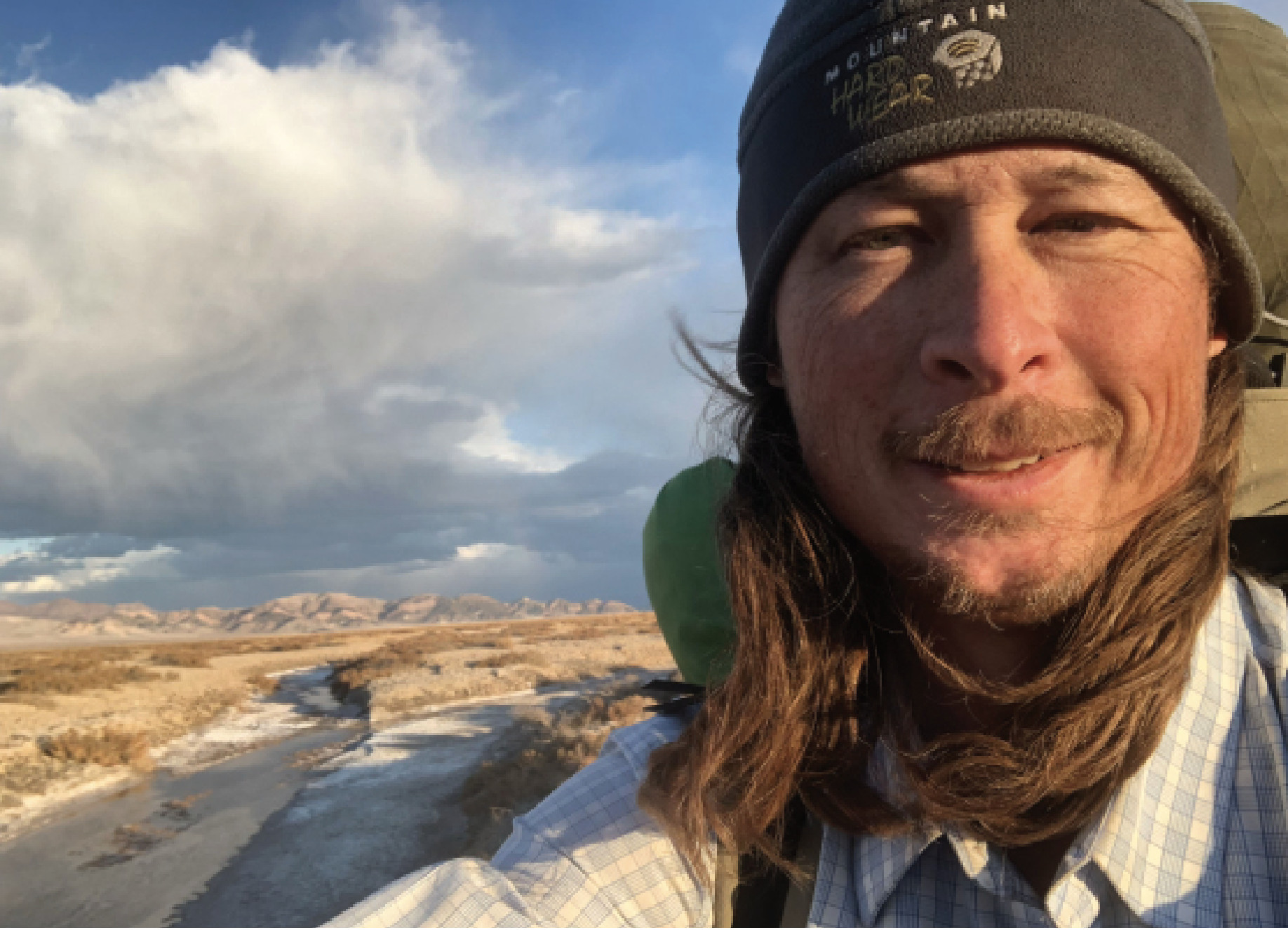Kitchen Aid
by Marisa Demers

“You look at all the interesting ways robots are being deployed in other fields and you wonder why restaurants are being left behind.”
— Ryan Sinnet, PhD (BS ’07)
Americans love eating out. They spend more money at their coffee shops, cafés, and chain restaurants than at their local grocery stores. Yet this boon, which began in 2016 and tapered for a few months in 2020, has not made owners or workers significantly richer. The restaurant industry has slim profit margins that average between three and five percent, according to the National Restaurant Association. And today, a labor shortage, inflation, and soaring food prices are eating into those modest gains
“When you take a deep look at the industry, it is hard to see how it can be sustainable,” Sinnet says. “Then you look at all the interesting ways robots are being deployed in other fields and you wonder why restaurants are being left behind.”
Since its inception in 2016, Miso Robotics’ offerings have been increasing kitchen productivity and reducing food waste, all with minimal human intervention. Its flagship series, known as Flippy, features robotic arms that flip burgers, fry chicken wings and french fries, and cook and season tortilla chips. Newer models include Sippy, an automated soda fountain, and CookRight Coffee, which monitors an urn for coffee temperature and levels.
Sinnet is involved in all aspects of his company’s inventions. Together, Sinnet and Miso Robotics have been awarded eight patents, and their latest version of Flippy was named to Time magazine’s “Best Inventions of 2022” list. The industry has also responded to Miso Robotics’ vision of the modern fast-food kitchen: The startup has raised more than $70 million in crowdfunding and has clients such as Panera Bread, Chipotle, and Jack in the Box.
Sinnet developed an interest in computers early on. At 5 years old, he grabbed his father’s BASIC learning manual and taught himself the programming language. As a teenager, he had a side gig as a web developer for a few startups. At Caltech, Sinnet was exhilarated to find others who enjoyed science and technology as much as he did, but he also struggled with the demanding course load, an experience he likened to “taking a pounding against the shoreline.” To relax, he headed to the Caltech gym. Sinnet joined the men’s basketball team and played pickup games with other students and alumni, including David Zito, BS (BS ’97). He also spent time in the weight room and befriended Aaron Ames, a postdoctoral scholar who wanted to advance the field of robotics. They both shared an interest in control theory, which in robotics means moving from point A to point B as efficiently as possible. When Ames accepted a faculty position at Texas A&M University, he invited Sinnet to join his research group. Ames returned to Caltech in 2017 as the Bren Professor of Mechanical and Civil Engineering and Control and Dynamical Systems.
From 2008 to 2015, Sinnet helped Ames engineer a human-like gait for robots. As exciting as it was to push the boundaries of robotics, Sinnet wanted to work on projects that could be quickly translated outside of the lab. After completing his doctorate, he returned to Los Angeles and developed software and artificial intelligence tools to help create a sustainable, solar-powered farm. Then, Sinnet heard from Zito, who had become the founding chief executive officer of Miso Robotics. He had already recruited Rob Anderson, BS (BS ’16) and invited Sinnet to meet the other cofounders.
“There is no way I could have mapped this future,” Sinnet says. “Aaron wanted to make walking robots, and I was not sure what I wanted to do, but I knew I wanted to build stuff. By being open to opportunities and building my knowledge, I found that when I finally stumbled onto my career path, I was prepared.”

Miso Robotics started as an unproven idea. John Miller, chairman and chief executive officer of the parent company of fast-food chain CaliBurger, and venture capitalist Buck Jordan wanted to bring innovation into the kitchen. They looked to Sinnet, Zito, and Anderson to engineer a product.
Thrilled at the prospect of devising a disruptive technology, Sinnet discovered that the artificial intelligence technologies he learned in Ames’ lab—computer vision, machine learning, and forecasting—could be adapted for restaurant robots. He needed patience, a willingness to understand the industry, and some Caltech ingenuity. “We brought in Techers as employees and interns when we were starting from zero,” Sinnet says. “They brought so much creativity early on. I don’t think we could have gotten where we are today without all their help.”
The first iteration of Flippy debuted at CaliBurger in 2018, less than a mile from the Caltech campus. Part worker and part spectacle, Flippy cooked patties from a demo kitchen designed to attract customer interest. The robot used computer vision to identify food, a thermal camera to track the temperature of the patties, and control theory to pick up a spatula, flip the burgers, and clean the grill. The newer version of Flippy, which is configured for frying food, builds on these technologies to cook several types of food at once and to forecast customer demand.
Sinnet spent considerable time at CaliBurger, searching for ways to improve Flippy’s operations and functionality. In the process, he befriended the CaliBurger staff and saw them grow fond of Flippy. They gave it their own nickname and one joked with Sinnet, “Don’t take away my robot.” No one expressed concern about robots taking their jobs, Sinnet says.
He attributes this harmony to two factors. First, robots cannot compete with human workers—at least not yet. “A human can learn and perform hundreds of tasks in a day,” Sinnet says. “It takes comparatively longer to teach a robot to do just one.”
Second, restaurant workers have enough to do. As employers searched to fill open positions, Miso Robotics test sites increased kitchen productivity by 30%, according to the startup. Staff has more time to engage in tasks that are more meaningful to humans, such as interacting with customers, Sinnet says.
“My work has always been about using technology to advance human welfare. Let’s solve the easy and mundane problems and then focus on the harder ones that we are passionate about.”

Marisa Demers is a freelance writer who got her start covering wildfires and breaking news for newspapers. She also worked for Caltech and was most recently an assistant director for the Caltech Associates. A San Gabriel Valley native, she has enjoyed following Caltech’s scientific breakthroughs and student pranks over the years. You can read more of her writing on widestletter.com and follow her on Twitter at @WidestLetter.
Related Articles
-

Transmission 2024
From the Board Chair of the Caltech Alumni Association
-

Meet the New Leader of Alumni Engagement
Following a national search, Mario Peraza, MEd, was named assistant vice president for alumni relations by Caltech, effective June 12,2024.
-

Miles and Miles of Mojave
Nick Van Buer, PhD (BS ’05), a geology professor at Cal Poly Pomona, trekked 530 miles across the Mojave Desert from January to March 2022 to explo...